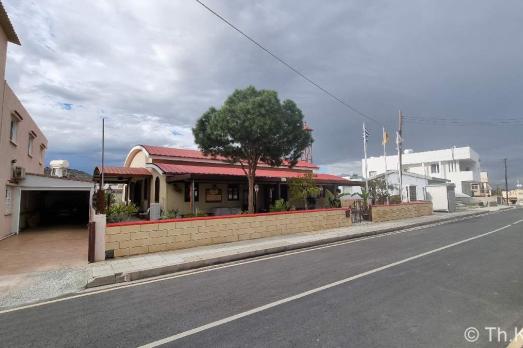
Apostolos Andreas Church
Oroklini, CY
The building is located in the southern part of the village.
Here you can search for a building to visit. You can use the map find destinations, or you can use the filters to search for a building based upon what different criteria.

Oroklini, CY
The building is located in the southern part of the village.
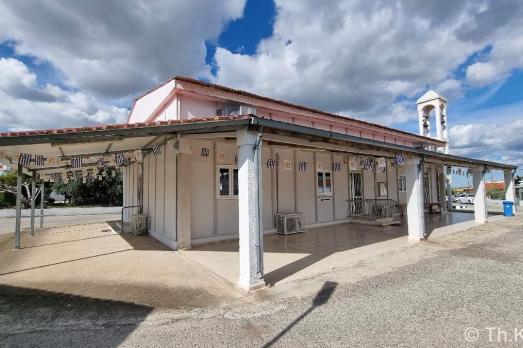
Klavdia, CY
The building is located in the centre of the village.
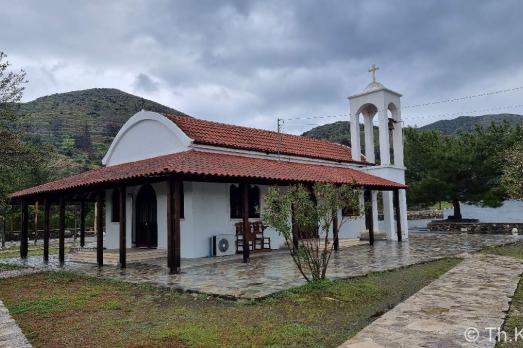
Ora, CY
The building is located on the eastern edge of the village.
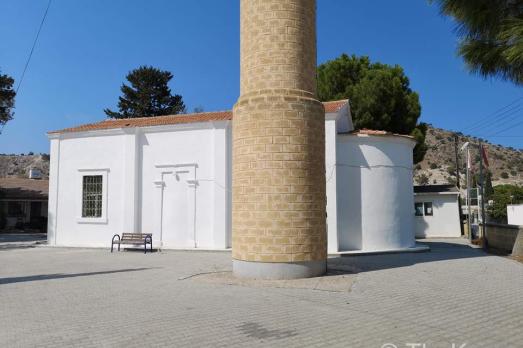
Panagra , CY
The Church with the ekklesionym Apostolos Andreas is located right in the small centre of the village and has been converted into a mosque (Şht. Allahverdi Kılıç Cami). The building was errected at the beginning of the 20th century.

Zygi, CY
The building is located in the centre of the village.
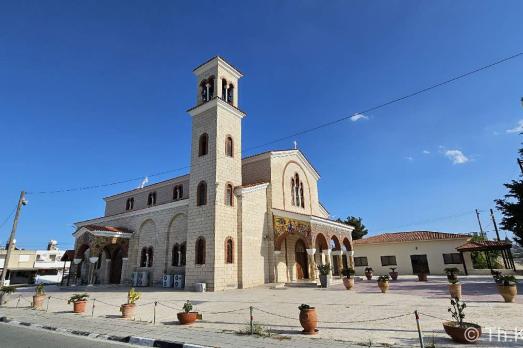
Larnaca, CY
The building is located on the south-western edge of the town.
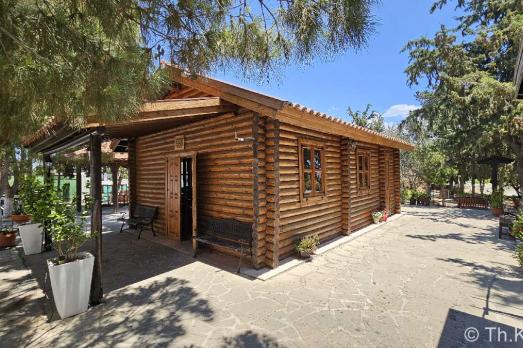
Livadia, CY
The building is located on the western edge of the village.
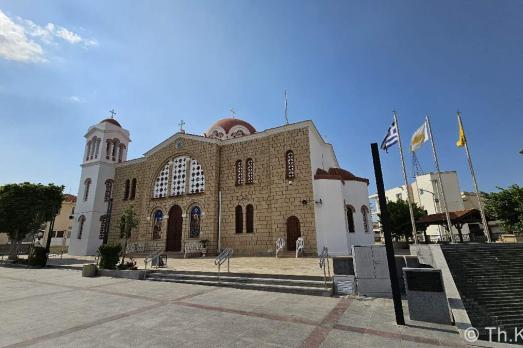
Aradippou, CY
The building is located on the northern edge of the village.

Kiti, CY
The building is located outside of the village in south-western direction (approx.1,1 km) in the local Greek Orthodox cemetery.
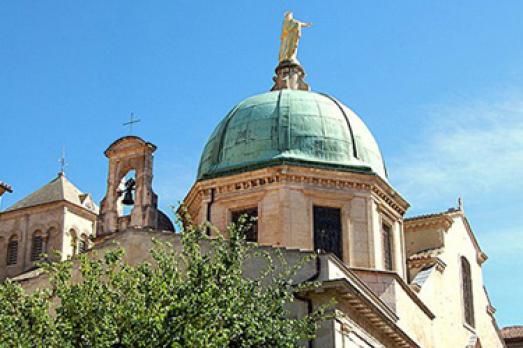
Apt , FR
Built in 1526, put into service in 1530, during the Revolution the church became a temple dedicated to the goddess Reason. This building became a cathedral in 1822.

new
Nestled amidst the serene landscapes of the Harz region, lies a hidden gem for nature enthusiasts and history buffs alike - the Harz Monastery Hiking Trail. Lace up your hiking boots and embark on this captivating adventure that will transport you back in time.

The Holy Mile (Miglio Sacro) of Naples is a one-mile-long itinerary, through sacred places linked to the city's patron saint, San Gennaro, in the Rione Sanità district. Discover the city from a new perspective with this unique walking tour.

As a university city, cultural offerings abound in Tartu and will reach their peak after being designated one of three European Capitals of Culture for 2024. In this list, we've compiled the most interesting sacred places to visit in and around the old town.